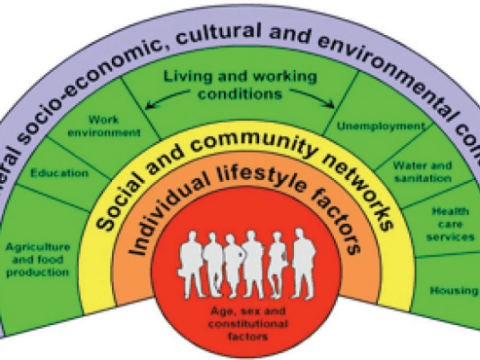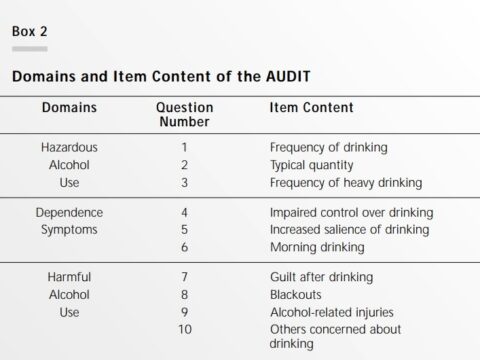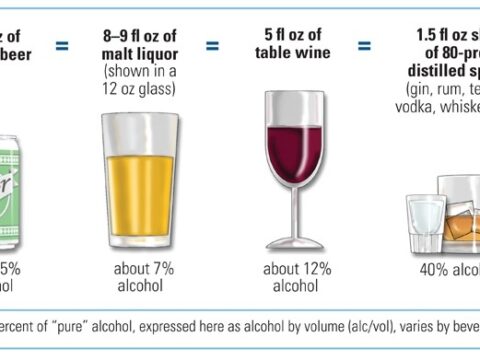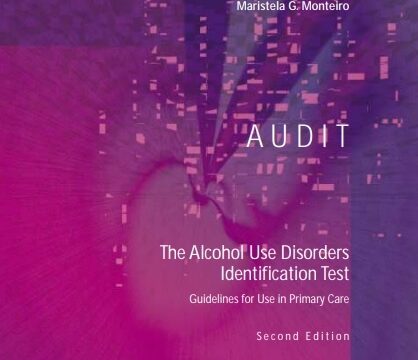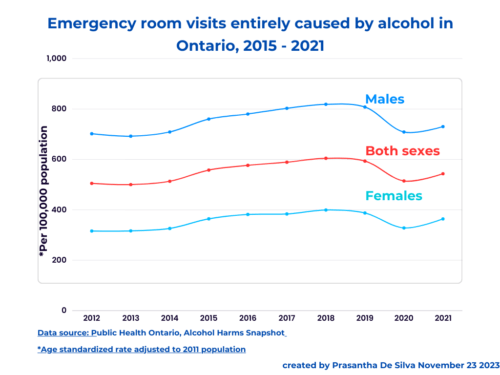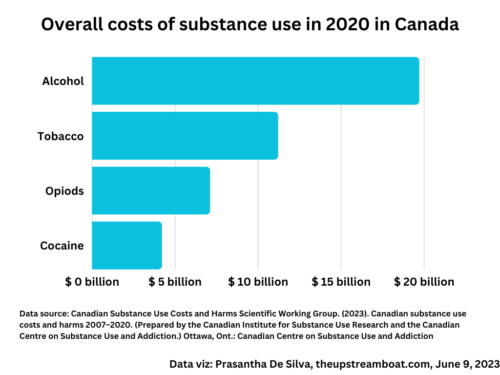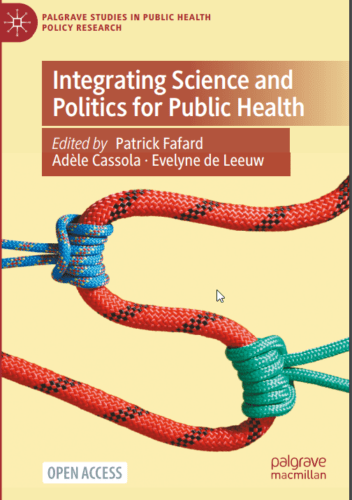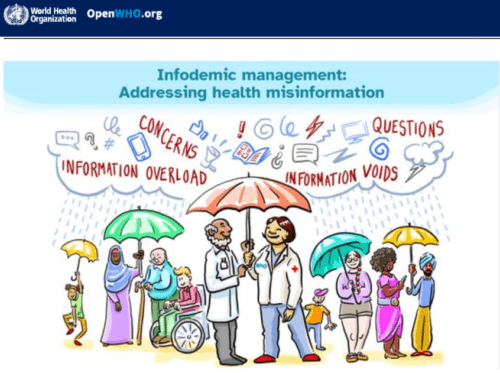Category: Tools
How I created an asset map with Google My Maps
Updated on September 20, 2024 I created the following asset map using the Google My Maps tool, which is free. My project was to create a map of the designated stroke centres in Ontario. These centres can remove a brain blood clot that results in a stroke. Strokes are medical emergencies. If a patient suspected of a stroke reaches those centres in time, surgeons can prevent/minimise permanent brain damage. Here are the steps I followed. Step 1: Data collection I created an Excel sheet of the designated stroke centres. I obtained the hospital names from this publicly available source: Cor…
Community asset mapping
Asset mapping strategy benefits health promoters, resource and patient care navigators. It helps us, Of course, it also helps us to identify gaps. Overall, the strategy helps us visualize a more realistic picture of our community. Asset mapping should be an integral part of social determinants of health projects. What do we mean by community assets? According to the UCLA Center for Health Policy Research, community assets include “anything that improves the quality of community life”. Community assets are “anything that improves the quality of community life”. UCLA Center for Health Policy Research We can group community assets in many…
Quantifying alcohol-related problems with AUDIT
Is it possible to quantify alcohol-related problems? Among many, the Alcohol Use Disorders Identification Test (AUDIT) is one of the most widely used tools to quantify and categorise risk levels for alcohol-related problems. This 10-item instrument came out of a multi-centre study executed by the World Health Organization (WHO). I am describing the test in this post. AUDIT (Alcohol Use Disorders Identification Test) The AUDIT – the 10-item questionnaire – screens for alcohol-related problems within 10 minutes. In 2001, the WHO published the tool as a freely available booklet. You can access it through this link: AUDIT test. Thomas Babor, John…
Adapting Alcohol use disorders identification test: AUDIT
In my last two posts, I discussed the Alcohol Use Disorders Identification Test (AUDIT), the standard drink size concept, and the challenges faced when administering the AUDIT’s quantify-frequency questions. In this post, I will discuss how I met the above challenges. Anyone interested can adapt the steps I followed. I have presented these steps in several scientific forums in various cities. In 2017, I presented it as a poster at the Canadian Association for Global Health (previously Canadian Society for International Health) Conference in Ottawa held on the 29th of October 2017. At the end of this post, you can…
Measuring alcohol consumption
While I was validating the AUDIT – a tool widely used to quantify alcohol consumption and related problems – to the Sri Lankan context, although researchers and practitioners all over the world have been using it for decades, I faced many difficulties in translating its first three questions: the quantity-frequency questions. However, I overcame the challenge. Before explaining the method which could be adapted by anyone in any cultural setting, I again will describe the first three AUDIT questions and the challenges of using it. Keep in mind that these questions refer to the past 12 months from the date of…
How to estimate the amount of alcohol consumed
The problem Estimating the amount of ethanol consumed accurately is difficult but essential to identify risk groups for alcohol-related problems. The varying ethanol content in different alcohol brands becomes one of the main challenges. The ethanol content in different types of alcoholic beverages varies as follows; 5% in beer; 10% – 12% in wine, and 40% in spirits. Think of this question; How much pure ethanol is consumed by an individual when they drink two glasses of spirits?’ To answer this question, we need to know the percentage of pure ethanol in the particular spirit brand and the total amount…
